Gränges further digitalises aluminium engineering with the help of VMAP analytics

The focus of the Swedish industry partner Gränges is innovative aluminium engineering and this is a promise they lived up to in the ITEA project VMAP analytics. With roots in railways and mines, the company was founded in 1896 and first began manufacturing aluminium products in 1922. Today, Gränges is a leading supplier of rolled aluminum products in selected niches, offering production, sales, technical support and customer-driven product development in which sustainability forms a natural part of their core business and strategy. This requires the creation of circular and sustainable aluminium solutions in partnership with their customers and suppliers – a significantly more digital domain than in years gone by.
A precise process
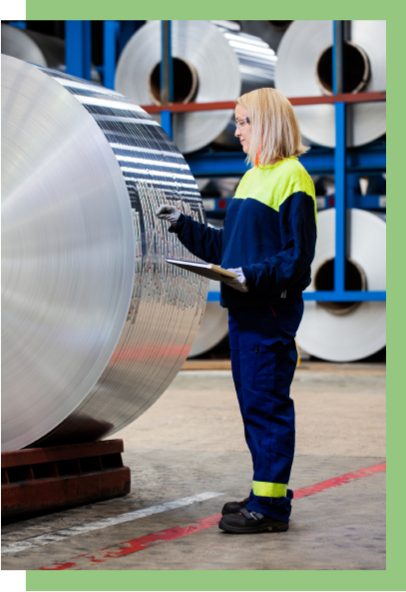
In the manufacturing of such products, hot rolling refers to the process through which a slab of aluminium is passed back and forth through rolling mills under intense heat. This keeps it malleable, allowing it to be shaped into profiles such as sheets or coils. This may be followed by a room-temperature process called cold rolling, which further refines the material and affects its flatness. Each process is not without its difficulties: despite the precise configurations of rolling mills, variations in thickness may occur due to a variety of parameters, including the pressure and speed of the rollers. Such inconsistencies may be visible in the slitting process in which the rolled aluminium is cut into smaller forms. Detailed insights into the rolling processes can therefore provide a boost in the manufacturing of high-quality products.
This was what Gränges had in mind through participation in the ITEA project VMAP analytics, which ran from October 2020 to October 2023 and aimed to enable the realisation of smart digital twins for materials and manufacturing design tasks. For Gränges, the problem was straightforward. Existing Finite Element (FE) tools, used to simulate and analyse the behaviour of complex structures and systems, could not simulate multiple passes in the rolling mill. A custom solution would therefore need to be developed to solve this issue across the aluminium process industry. By setting up a platform for the consortium’s other modelling and data analytic teams to access data from Gränges’ production, they were able to create a digital twin that mimics the rolling process closely and offers data analytics to provide a deeper understanding of this.
Many sides to simulation
From a more technical perspective, several concepts were tested and evaluated to address reversibility in the FE environment. The concept that was implemented in the final FE model utilised LS-Dynas parameter functions and scaled the initial slab and roll speed depending on rolling direction. To do this, a Python script was developed to start and stop the simulation after each pass, as well as to start and stop a cooling simulation between each pass to get the thermal contributions from the time it takes to return the slab to the mill. The script also writes a parameter file to LS-Dyna that scales the initial speed of the slab and rolling direction. On top of this, it controls the roll gaps and how many passes need to be done before stopping the simulation for remeshing. In doing so, it allows the user to restart the simulation from a specific pass so that the rest of the passes can be simulated after a remeshing pause.
Sustainable processes and reduced CO₂ emissions
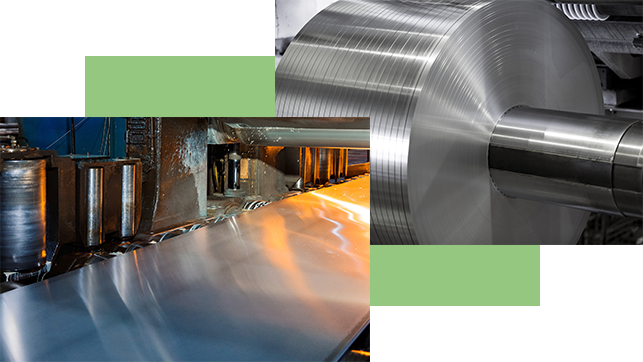
For Gränges, participation in this ITEA project has enabled an innovation for which no other solution currently exists: profile calculation during hot rolling. With this strong profile prediction model, visualised to the operator, more stable process control can be enabled. In turn, this can increase both the yield and the energy efficiency of the process while reducing the management of internal scrap and the amount of primary aluminium that must be bought – in other words, getting more output for the same amount of input. Collectively, this serves as an effective means of reducing Gränges’ CO₂ emissions, with the dual benefit of opening up the potential for higher revenues and lower costs. This is especially vital given their commitment to create circular and sustainable aluminium solutions in partnership with their customers and suppliers.
As a simulation tool, the model can also be a great support in parameter tuning when setting up new products in the process. Finally, this technique minimises variations in the end properties of the substance, which translates into better products and more satisfied customers. In a variety of ways, their work in VMAP analytics has therefore given Gränges a predicted value for something that was formerly impossible to measure.
More information:https://itea4.org/project/vmap-analytics.html
https://www.granges.com/

Other chapters
Use the arrows to view more chapters
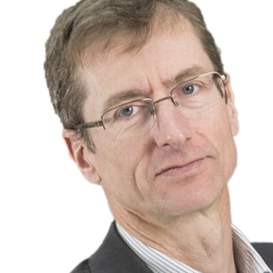
Editorial
By Jean-François Lavignon

25 years of ITEA
The ITEA journey
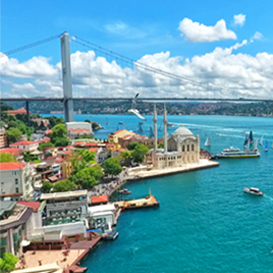
Country Focus: Türkiye
Investing in ICT to enhance competitiveness and international profile
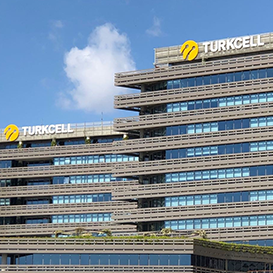
Turkcell
Becoming a deeper part of the ecosystem
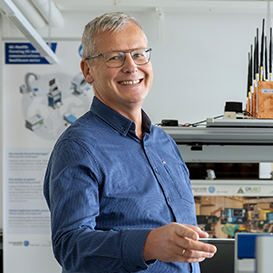
Community Talk with Frank Golatowski
A long-lasting happiness
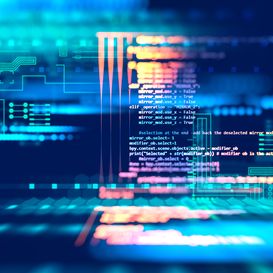
ITEA Success story: TESTOMAT Project
Customised test automation, saving time and improving quality

25 years of ITEA
Ground-breaking innovations we’re still grateful for today
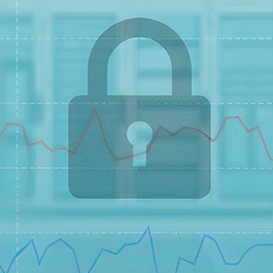
SME in the Spotlight: Solana Networks
Looking to the horizon of network security

ITEA Success story: COMPACT
Faster, more efficient software through automation
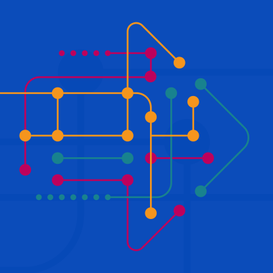
Navigating the future of ITEA
Current challenges and future directions
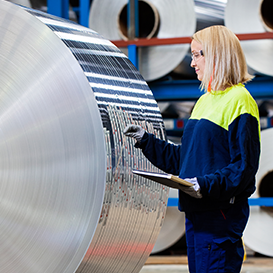
By and for end users
Gränges further digitalises aluminium engineering with the help of VMAP analytics
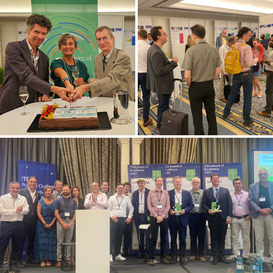
25 years of ITEA: PO Days through time
Celebrating 25 years of international collaboration

